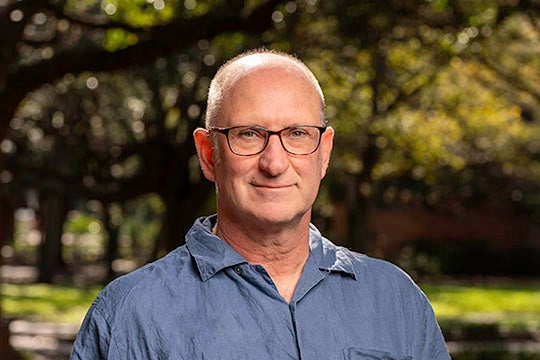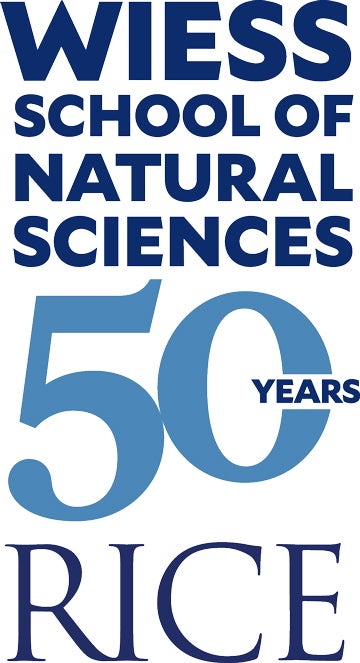Evan Siemann has spent more than two decades studying invasive plants with collaborators in China, and those partnerships have proven particularly useful for comparing the behavior of species that are either native to China and invasive in North America, or vice versa.

Those comparisons have yielded new knowledge about biochemical, ecological and evolutionary processes that fuel biological invasions and make them more difficult to control. But they might never have happened if Siemann had been given a different office when he arrived at Rice in 1998.
“I’ve been really interested in biodiversity for a long time, in questions like, ‘Why do you have one species in one place and 10 in another? What’s driving that?’” said Siemann, the Harry C. and Olga K. Wiess Professor of Biosciences. “After I got here, I got into biological invasions. Because invasive species are one of the things that can really upset the biodiversity apple cart.”
The person in the next-door office was Ron Sass, a 30-year Rice veteran who’d morphed from chemist to biochemist to cell biologist and ecologist. Sass was then studying methane production from rice fields and had collaborators and former students in China.
“At that time, it was almost impossible to find collaborators in China,” Siemann said. “Ron was able to get me those connections, which has shaped my entire scientific life.”
At the time, Siemann was studying Triadica sebifera, commonly known as the Chinese tallow tree. Native to China, the trees are a fast-growing, fast-spreading scourge in the southeastern U.S. Each tree produces hundreds of thousands of seeds each year, but unlike in China, where they are attacked by leaf-eating insects, they have no insect predators in North America. It’s a potent combination that allows the trees to convert open prairie into swaths of single-species forest in just a few years.
In 2001, Siemann and his colleagues in China published a comparative study showing that tallow trees in North America have ramped down production of chemical defenses against herbivores and ramped up growth. They found that tallow trees in North America grew up to 30% faster than their kin in China. Moreover, North American tallow trees followed the same, rapid-growth program when they were transplanted back to test plots in China: They grew far faster than native trees, but quickly fell prey to leaf-eating insects.

“That was one of the very first demonstrations of post-introduction evolutionary change in plants,” Siemann said, “and it is one of the best-understood examples at this point. Because we have been chasing this same basic question for more than 20 years, we’re able to ask questions at a level that you can’t really with any other plant.”
The European Union recognized Siemann’s expertise a few years ago, tapping him to serve on an advisory panel studying the potential risk of tallow invasions in Europe.
While he’s still interested in tallow, it accounts for less than a quarter of his current research.
“We’ve been doing a lot more experiments that look at a broad spectrum of native and invasive plants,” he said. “I’ve been moving more and more toward, ‘How does environment shape invasives in general?’
“You want to know which invasive species you need to worry about and how to manage them,” he said. “One of the questions is, ‘Are invasive species born or are they made?’ Meaning, might a species evolve to become a problem, even if it isn’t a problem now? Our level of understanding about that is very low.”

